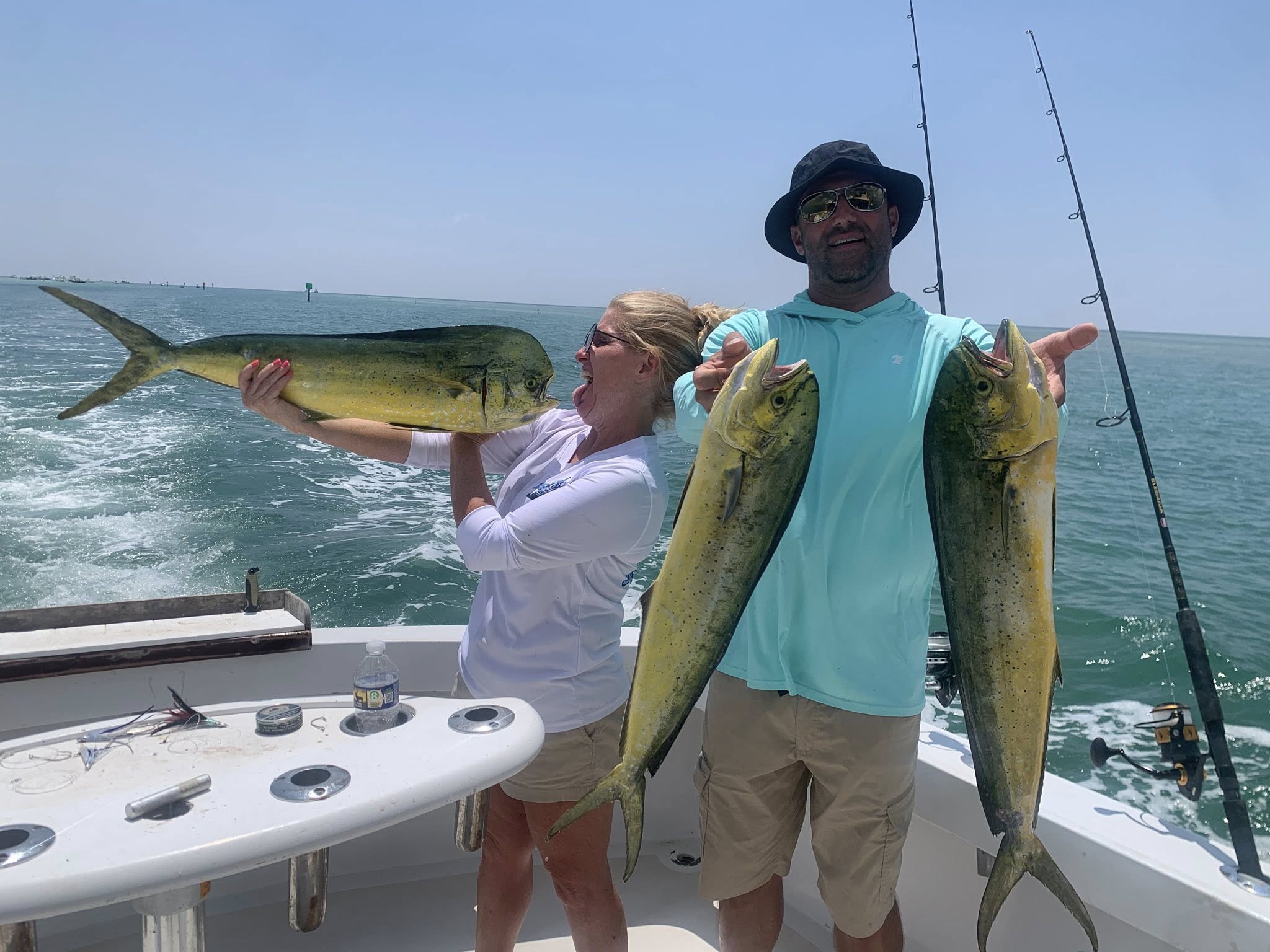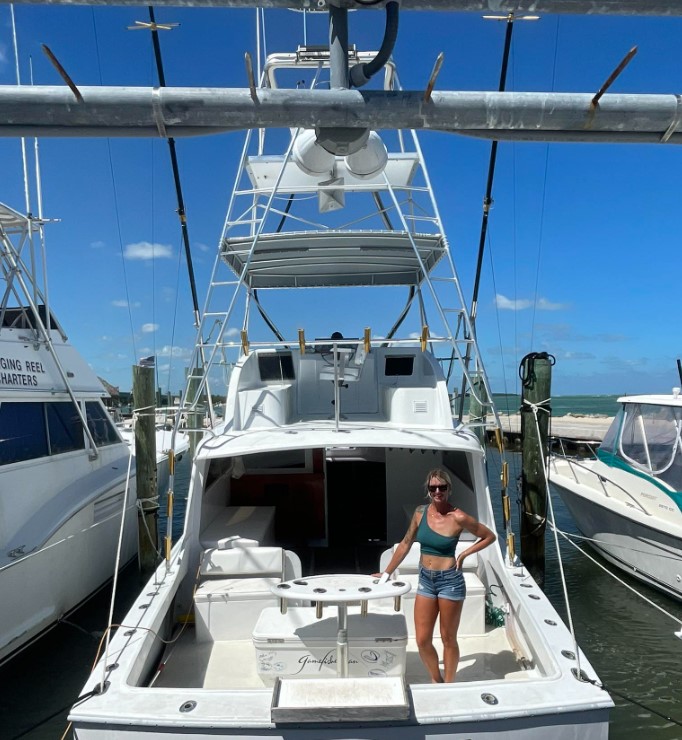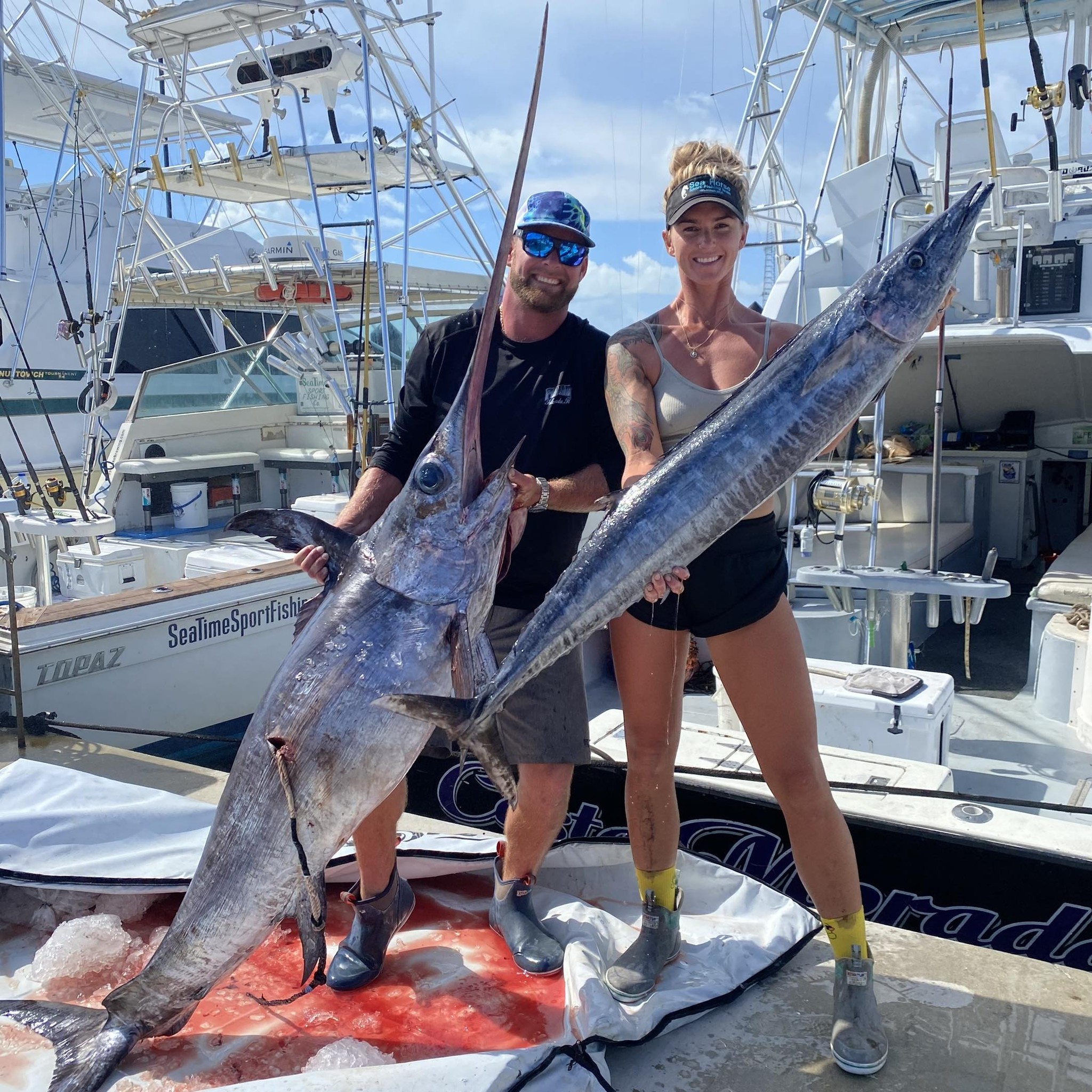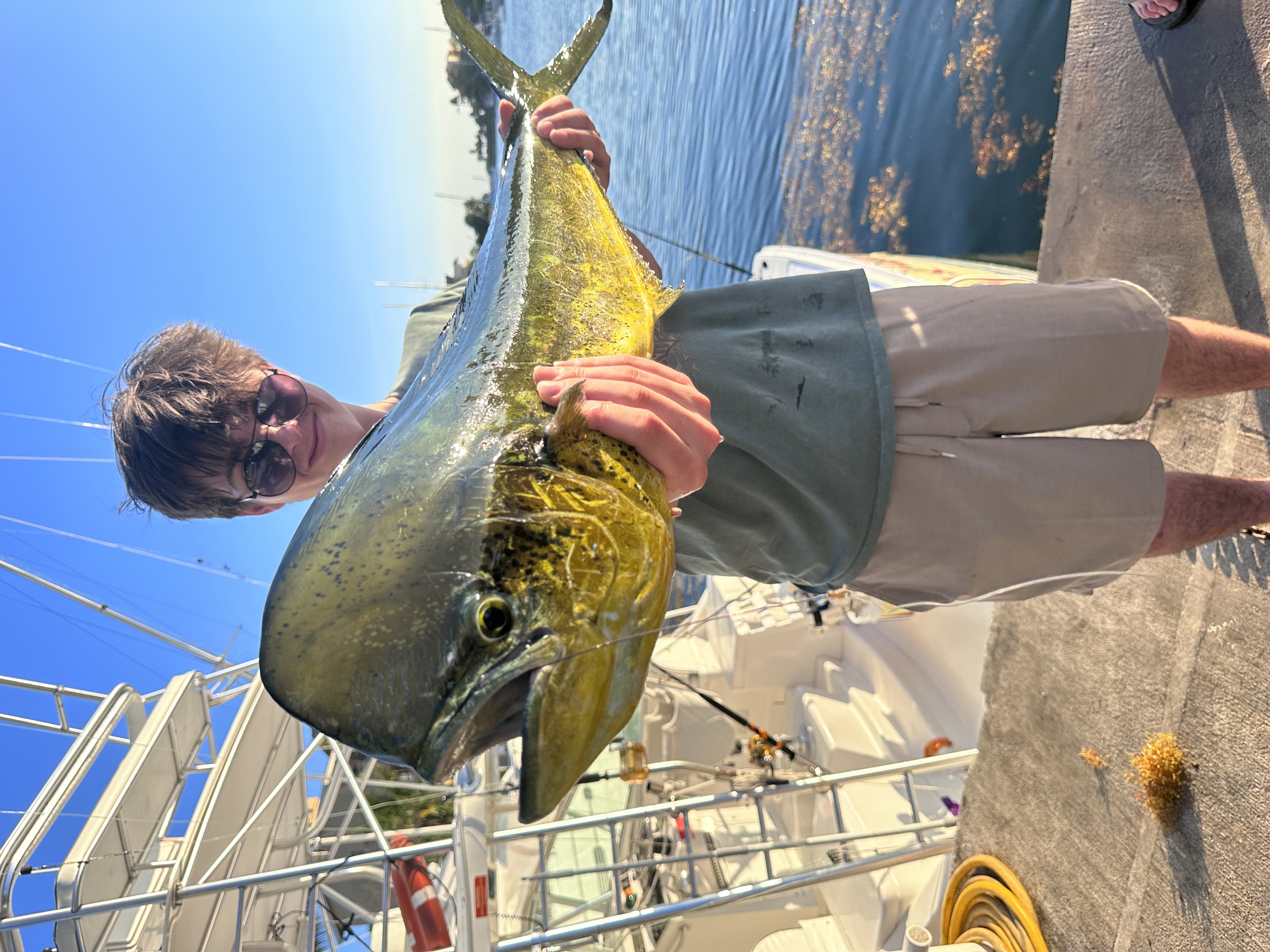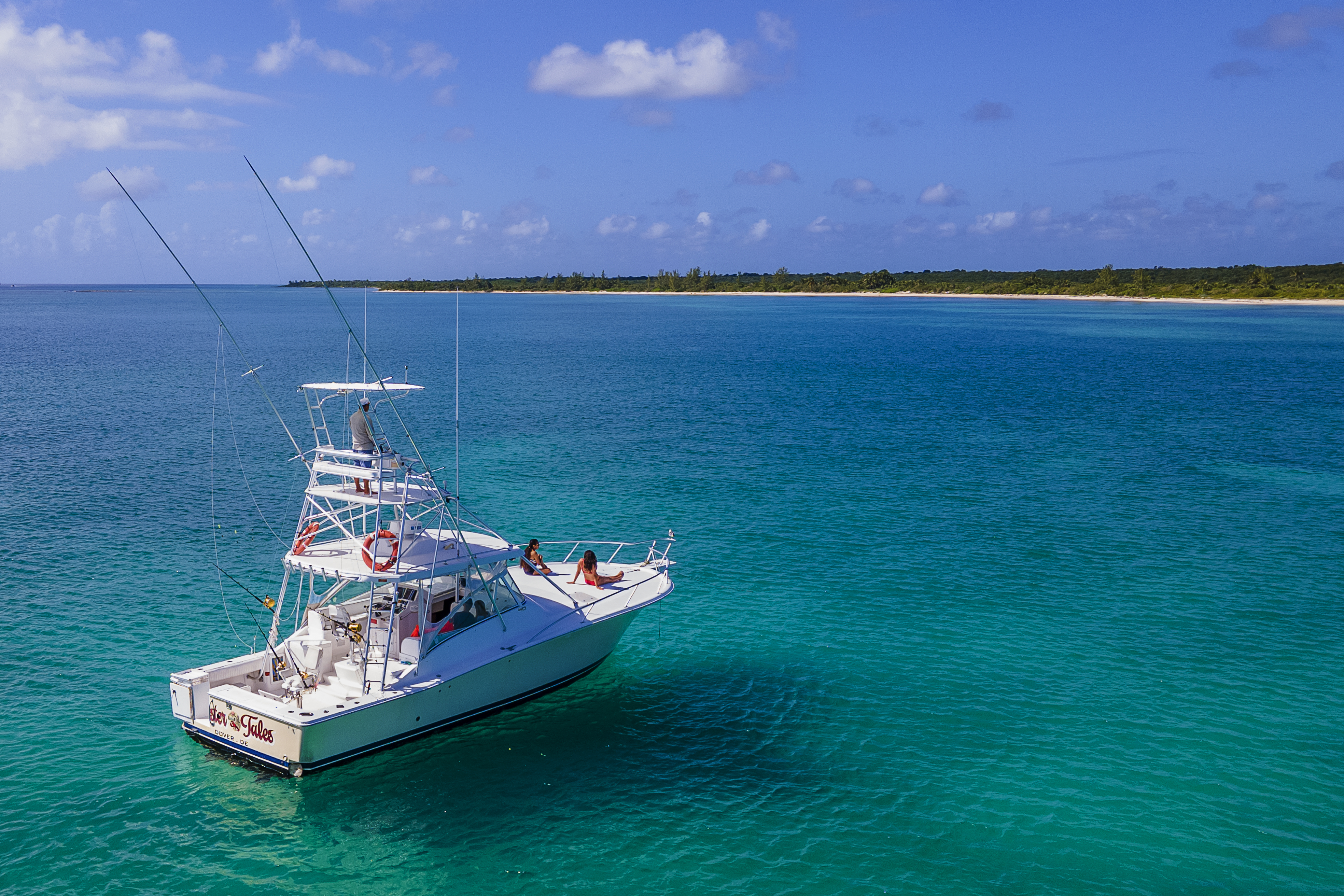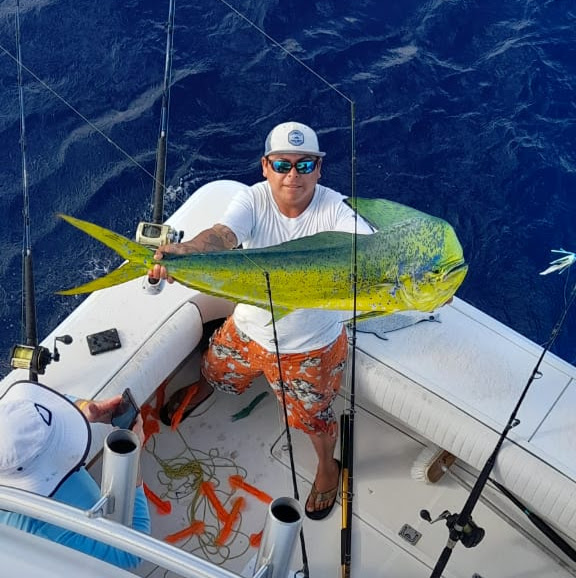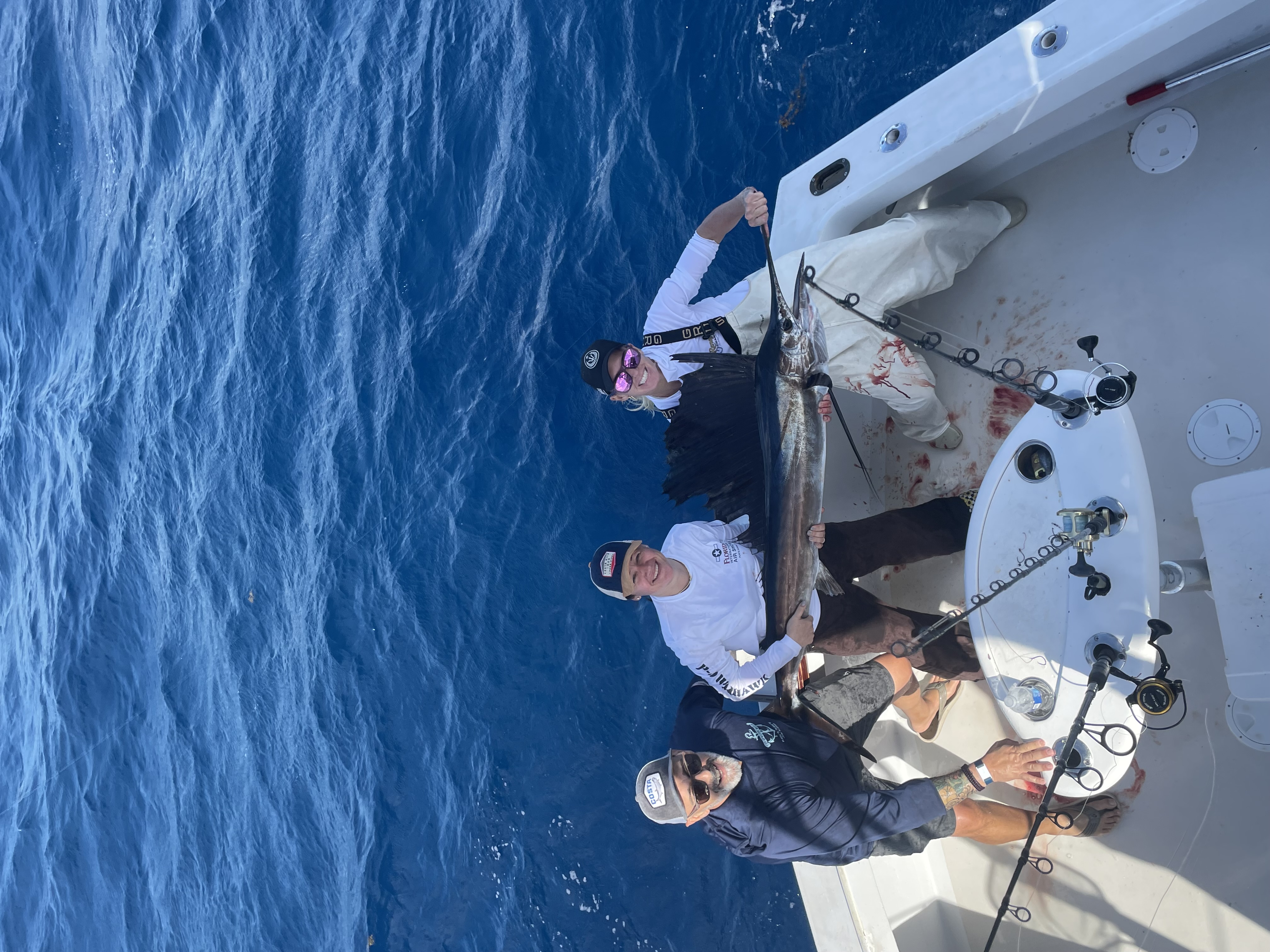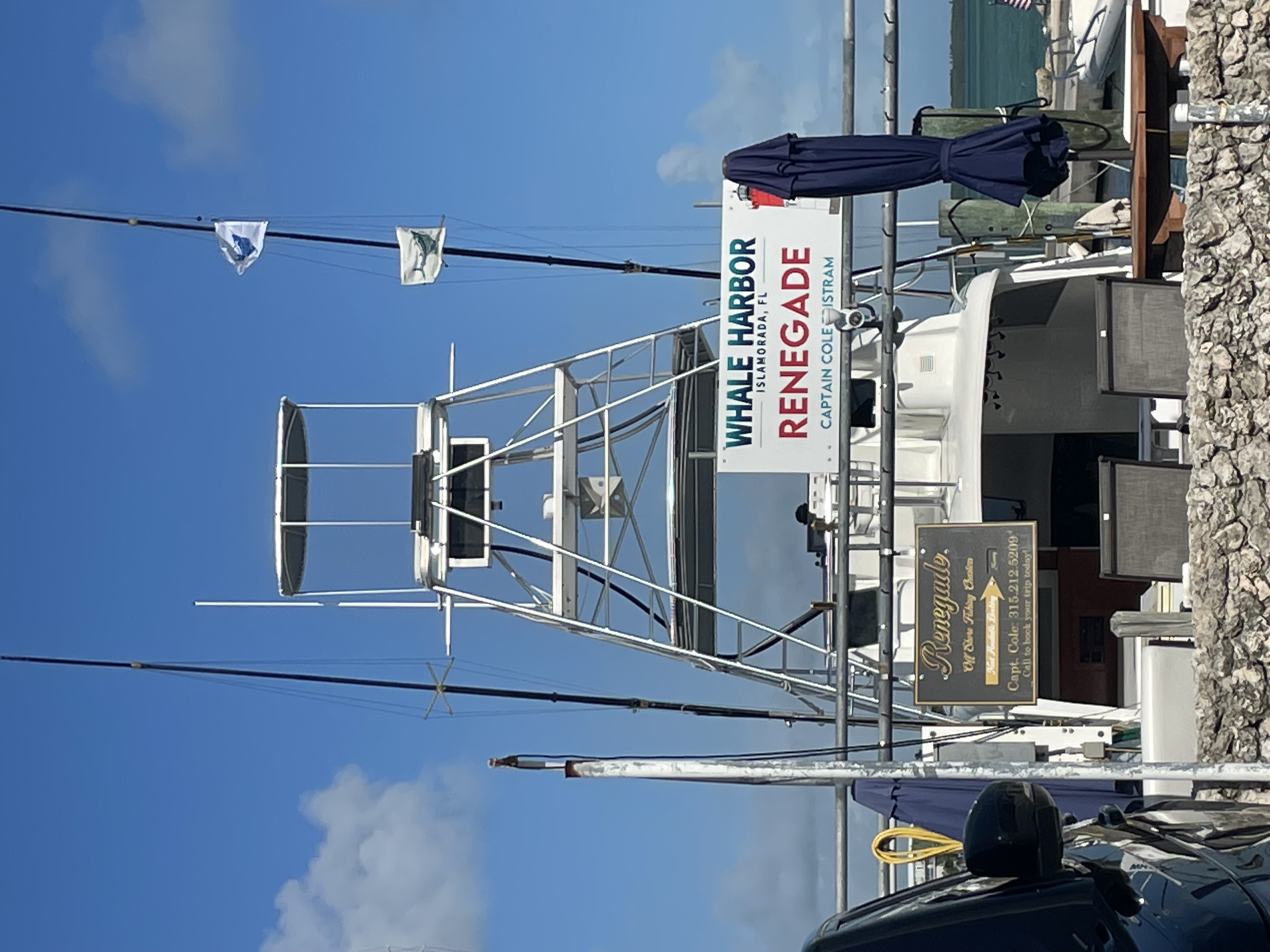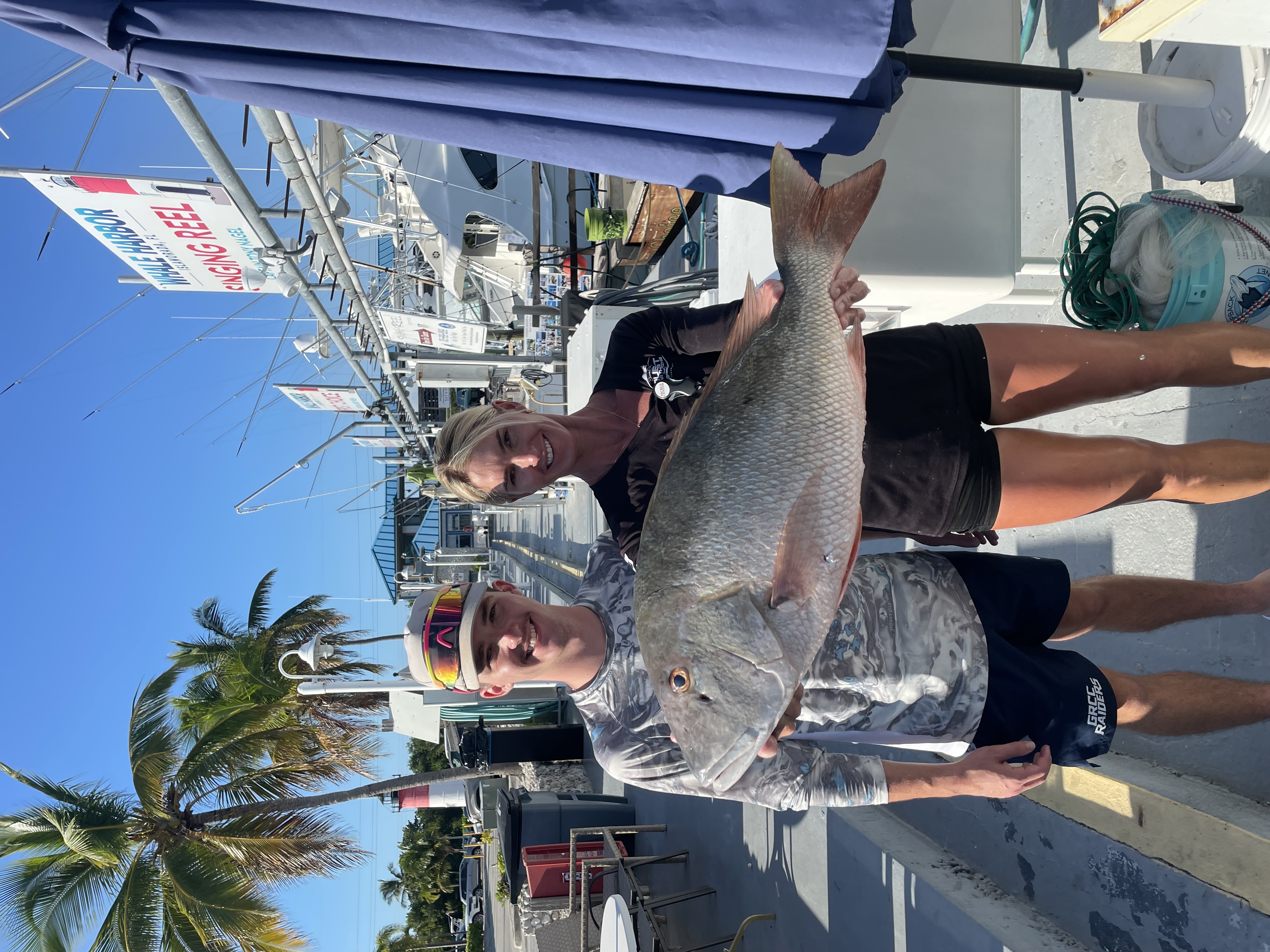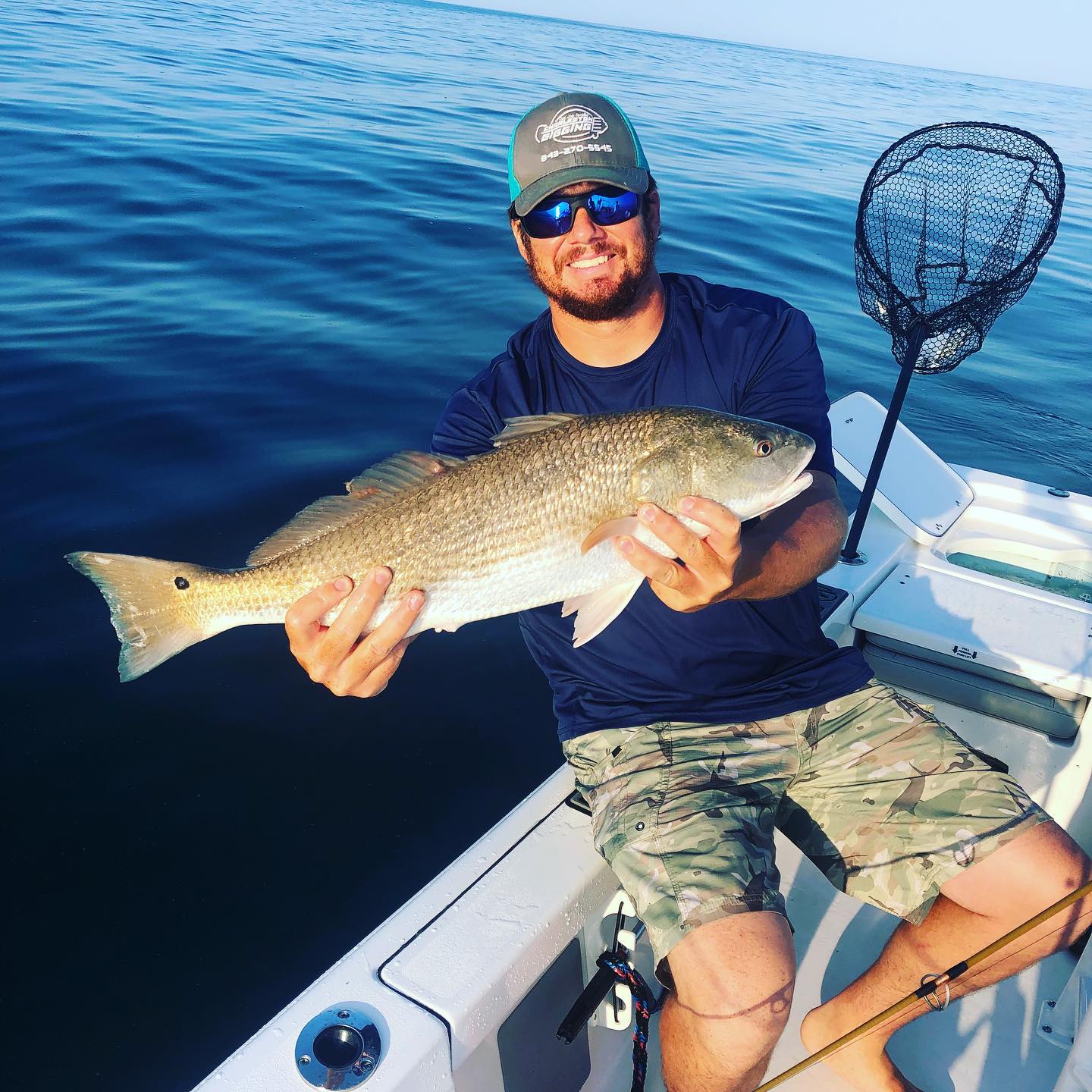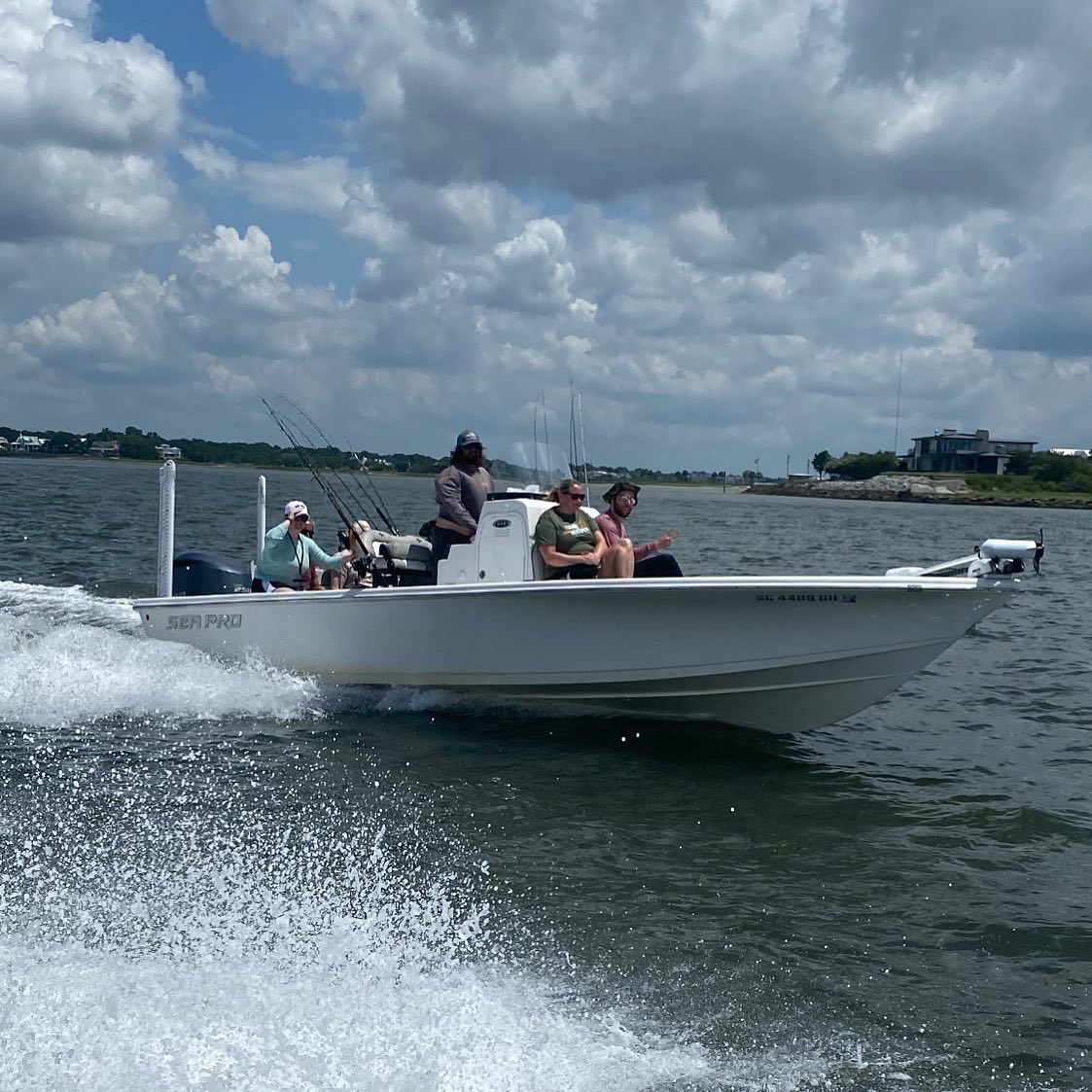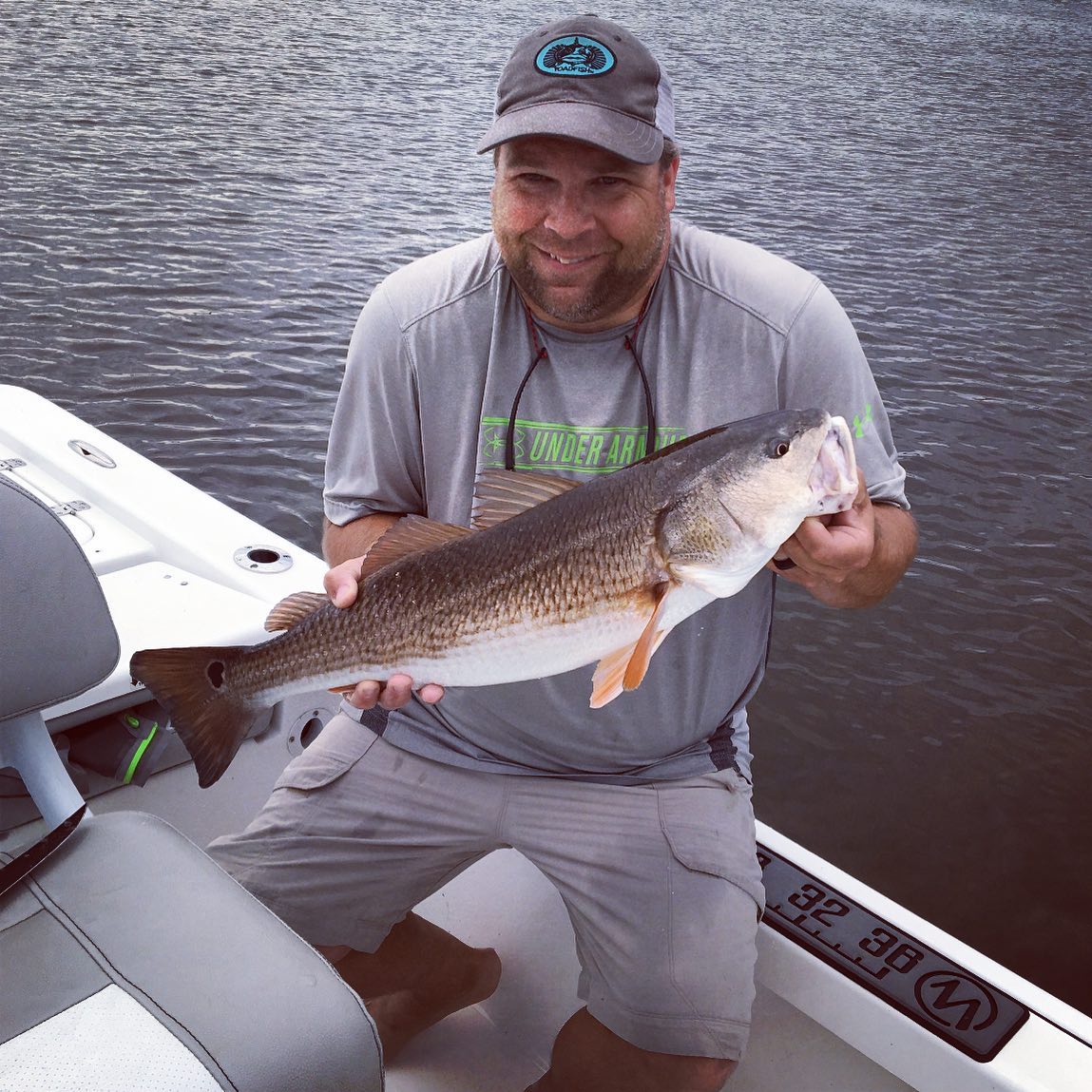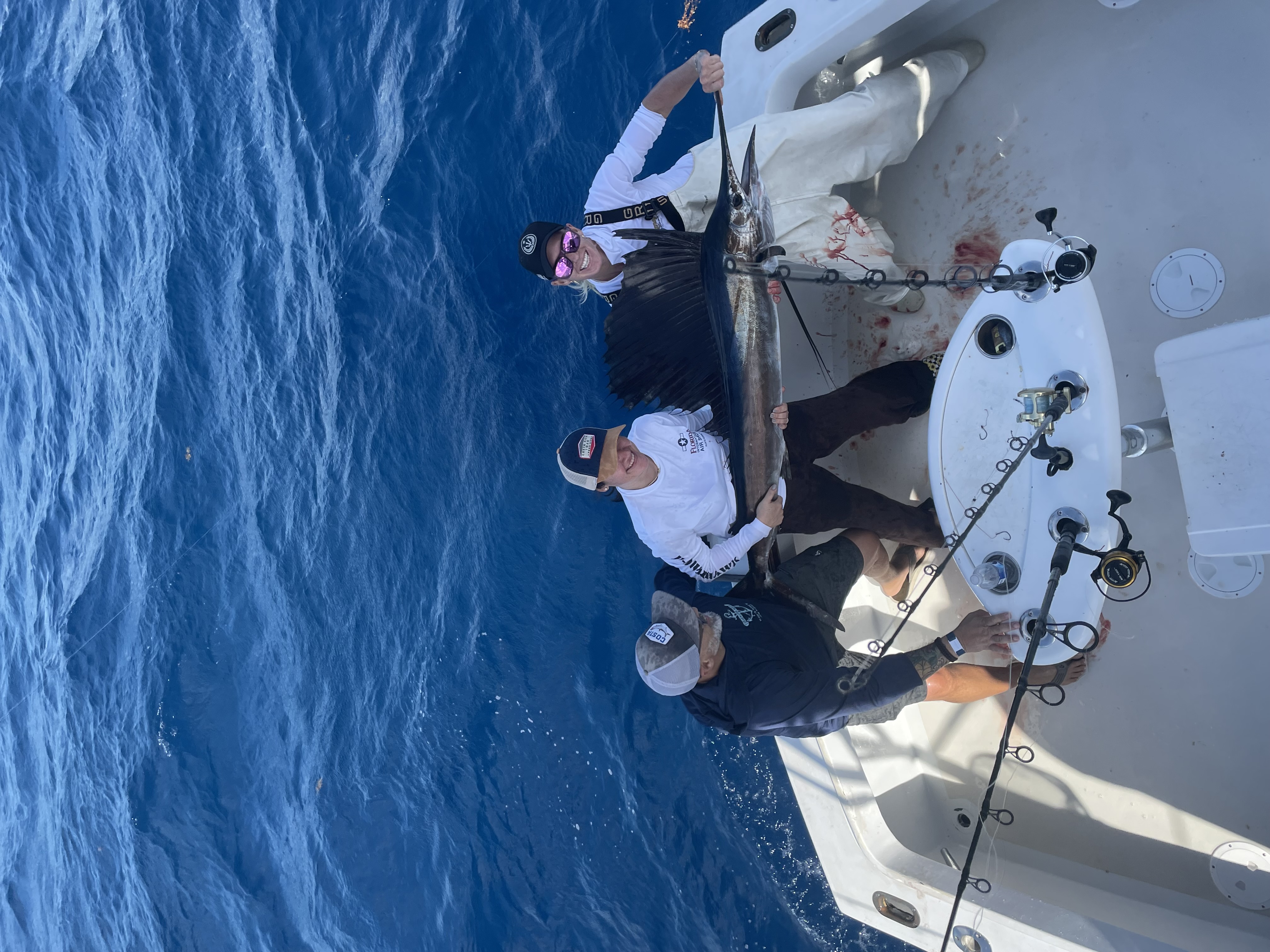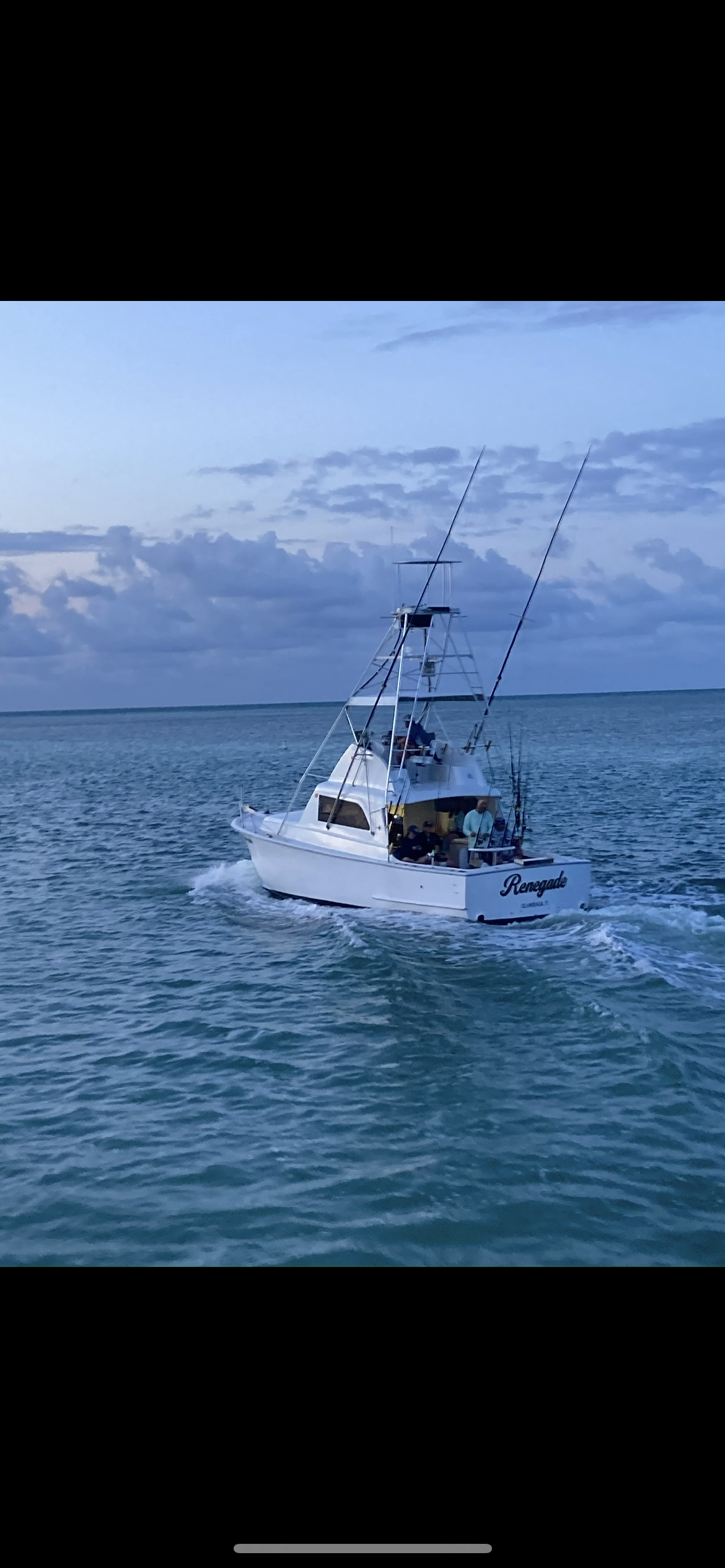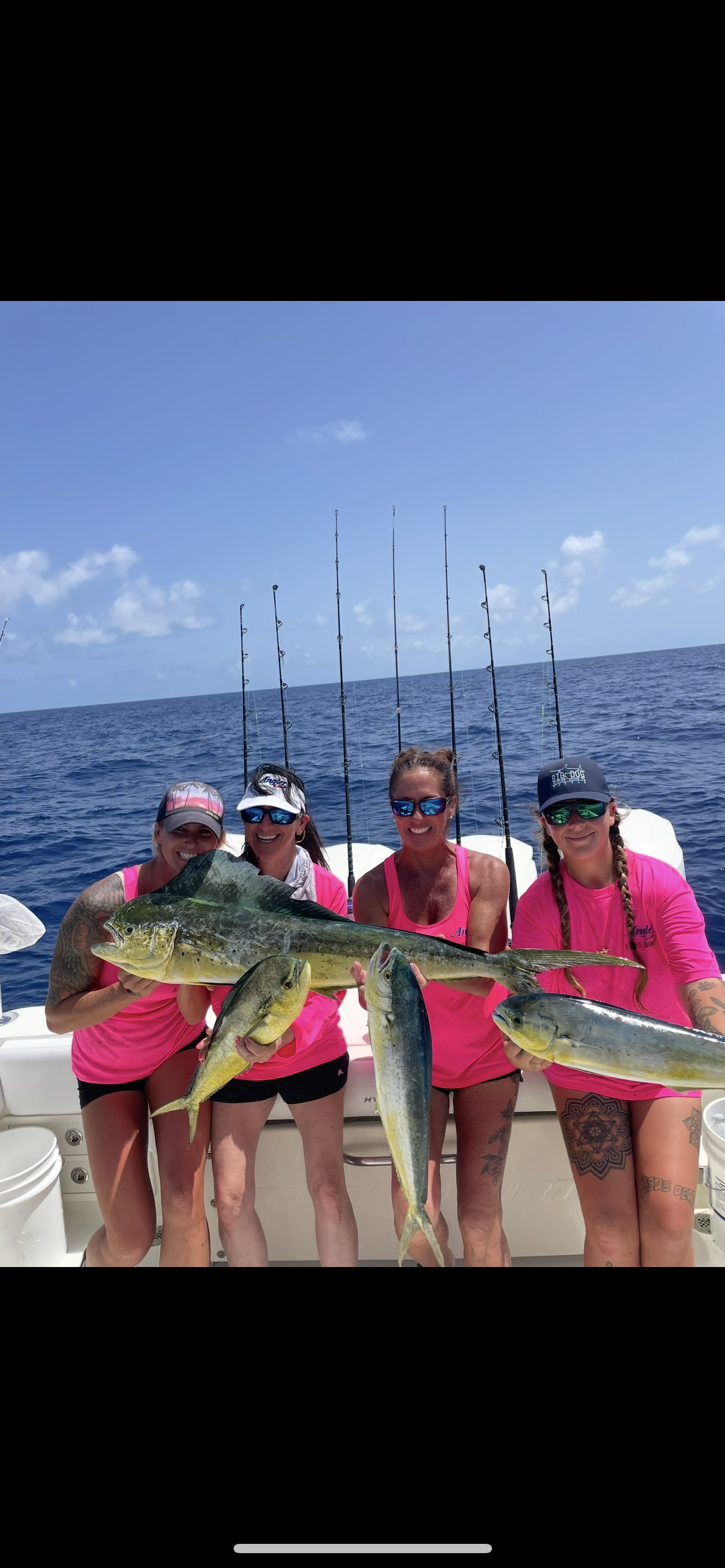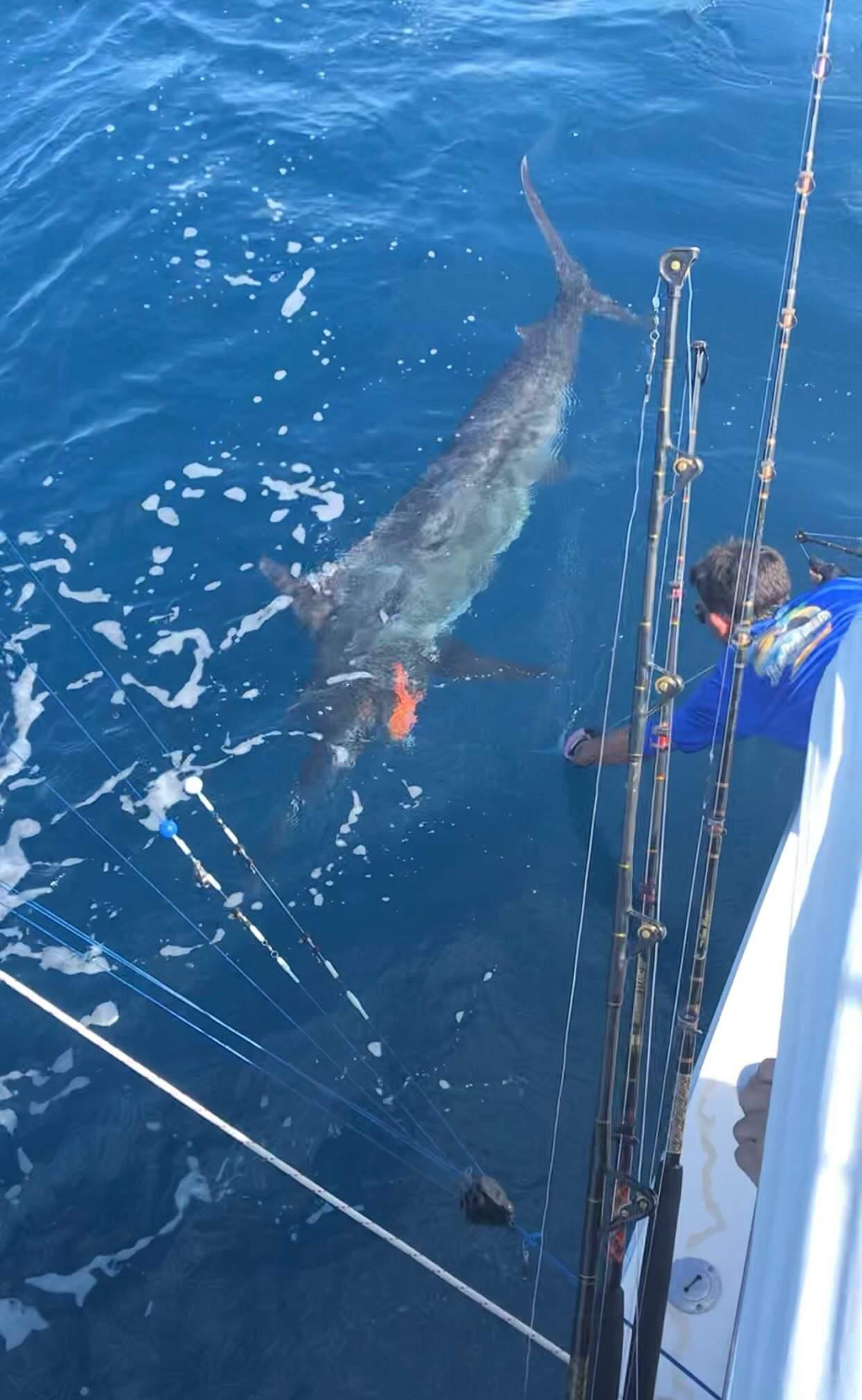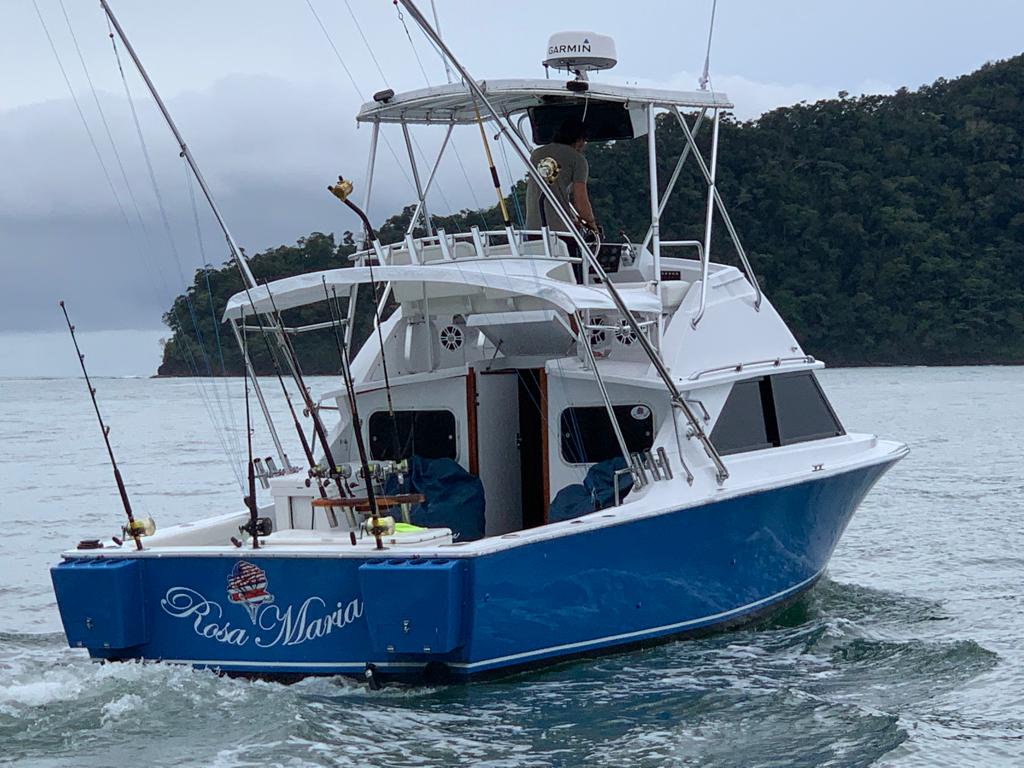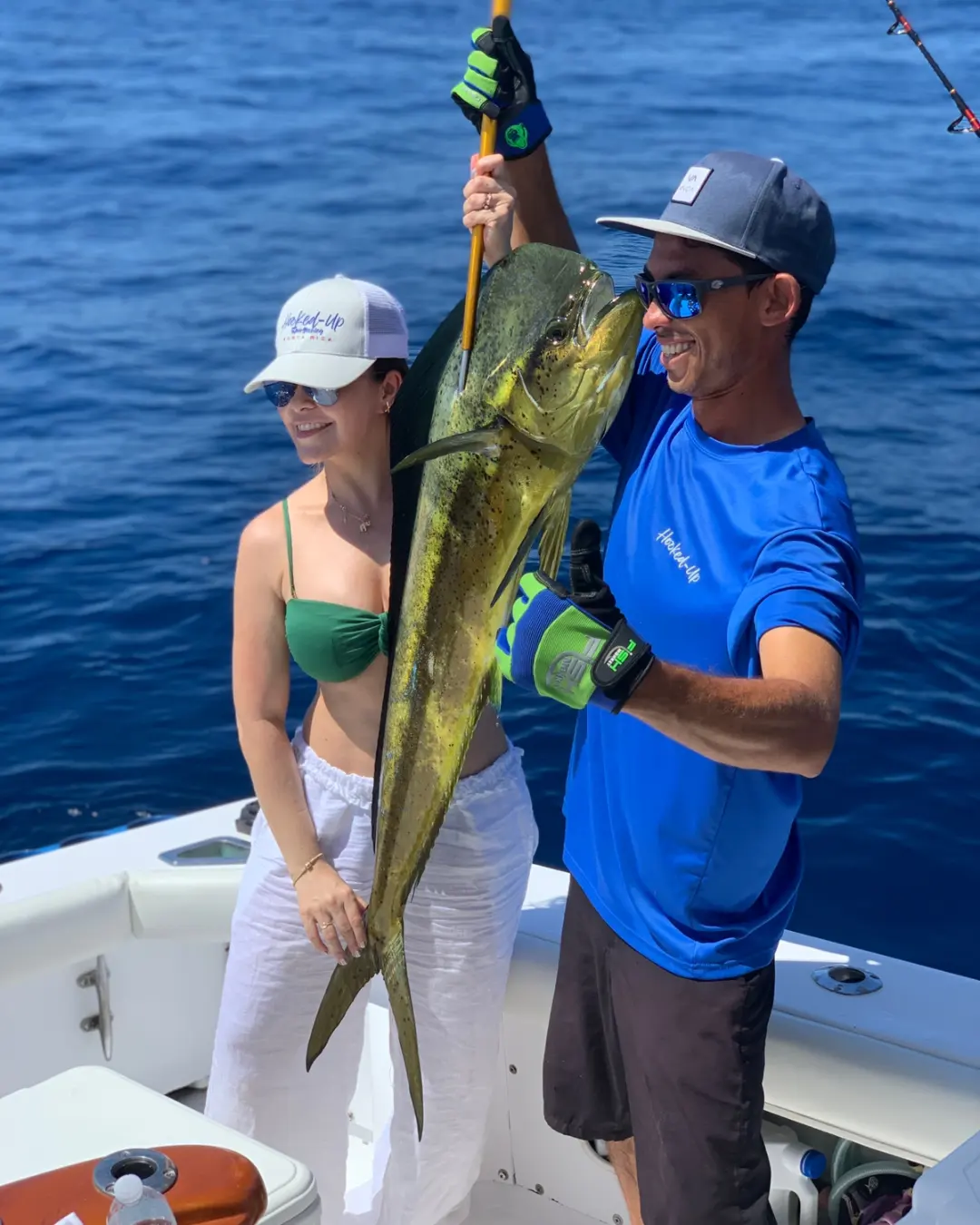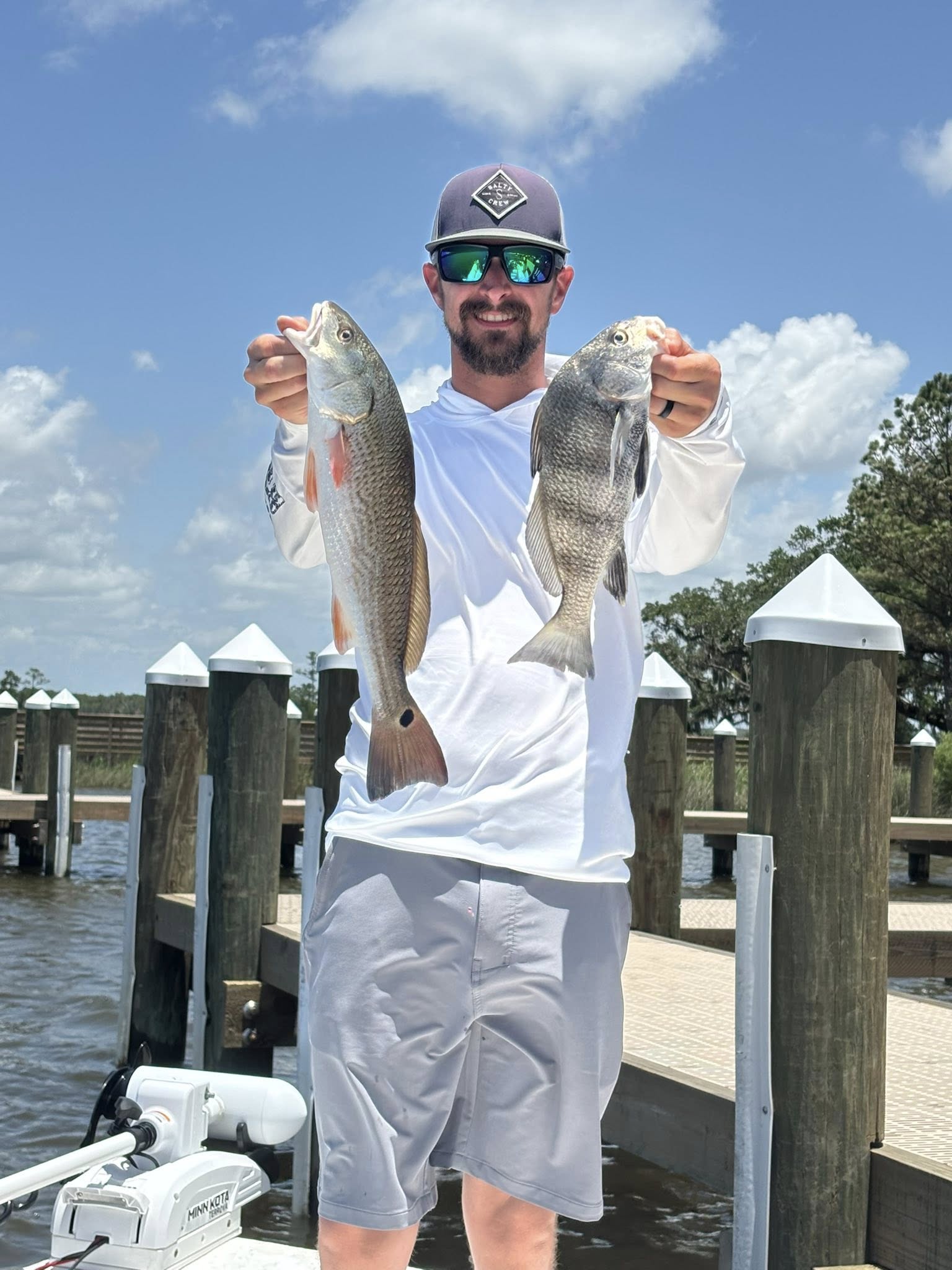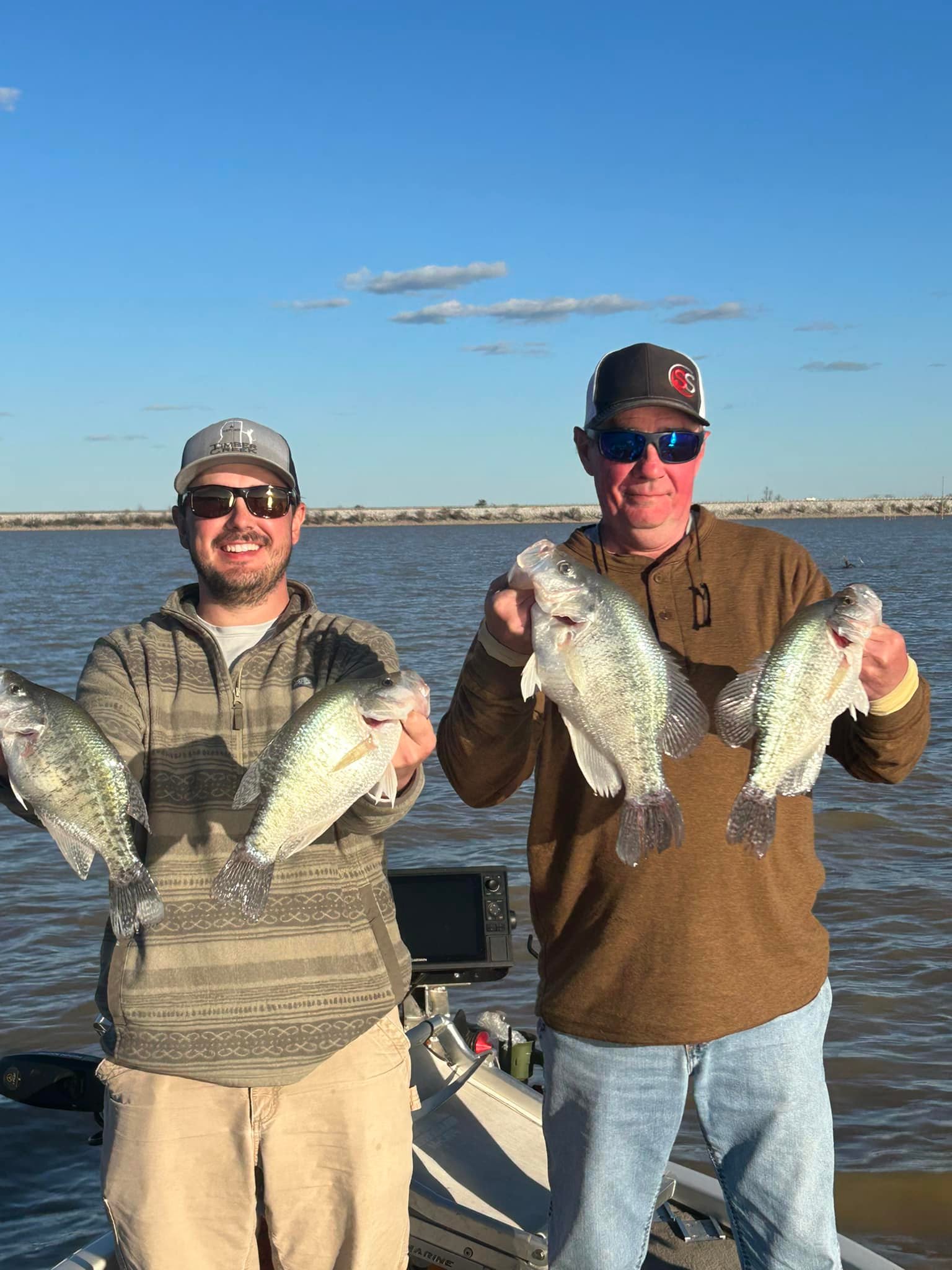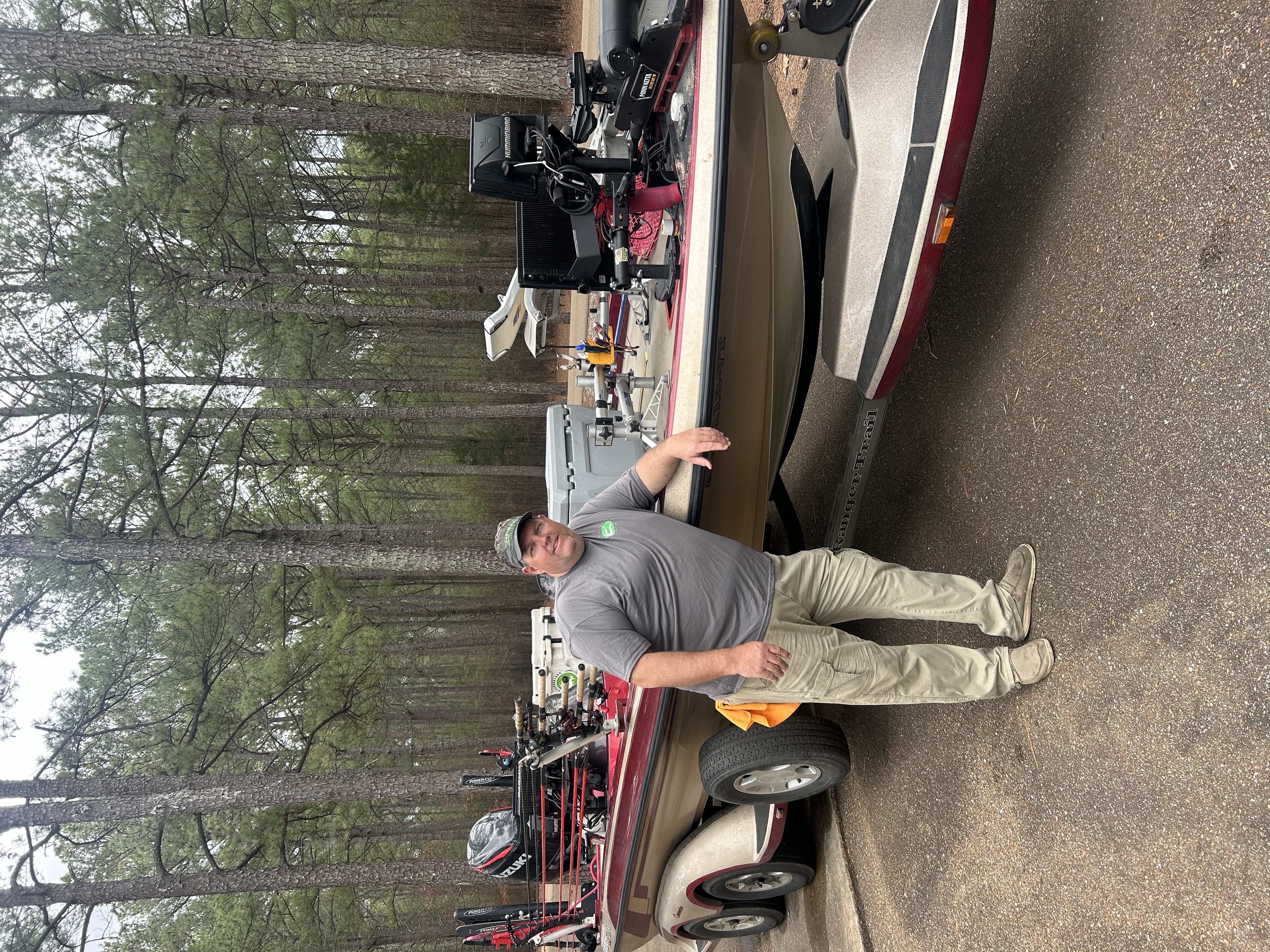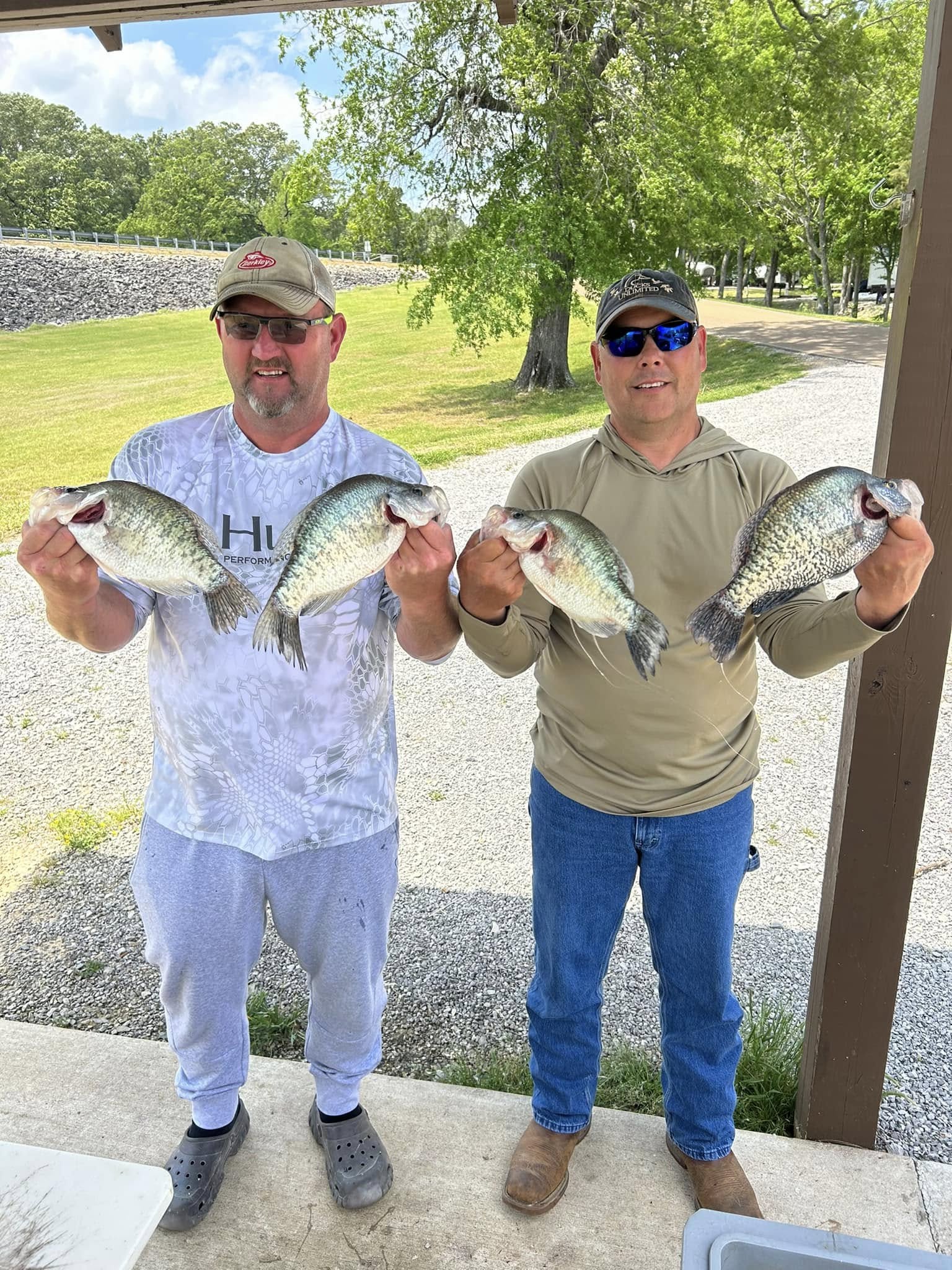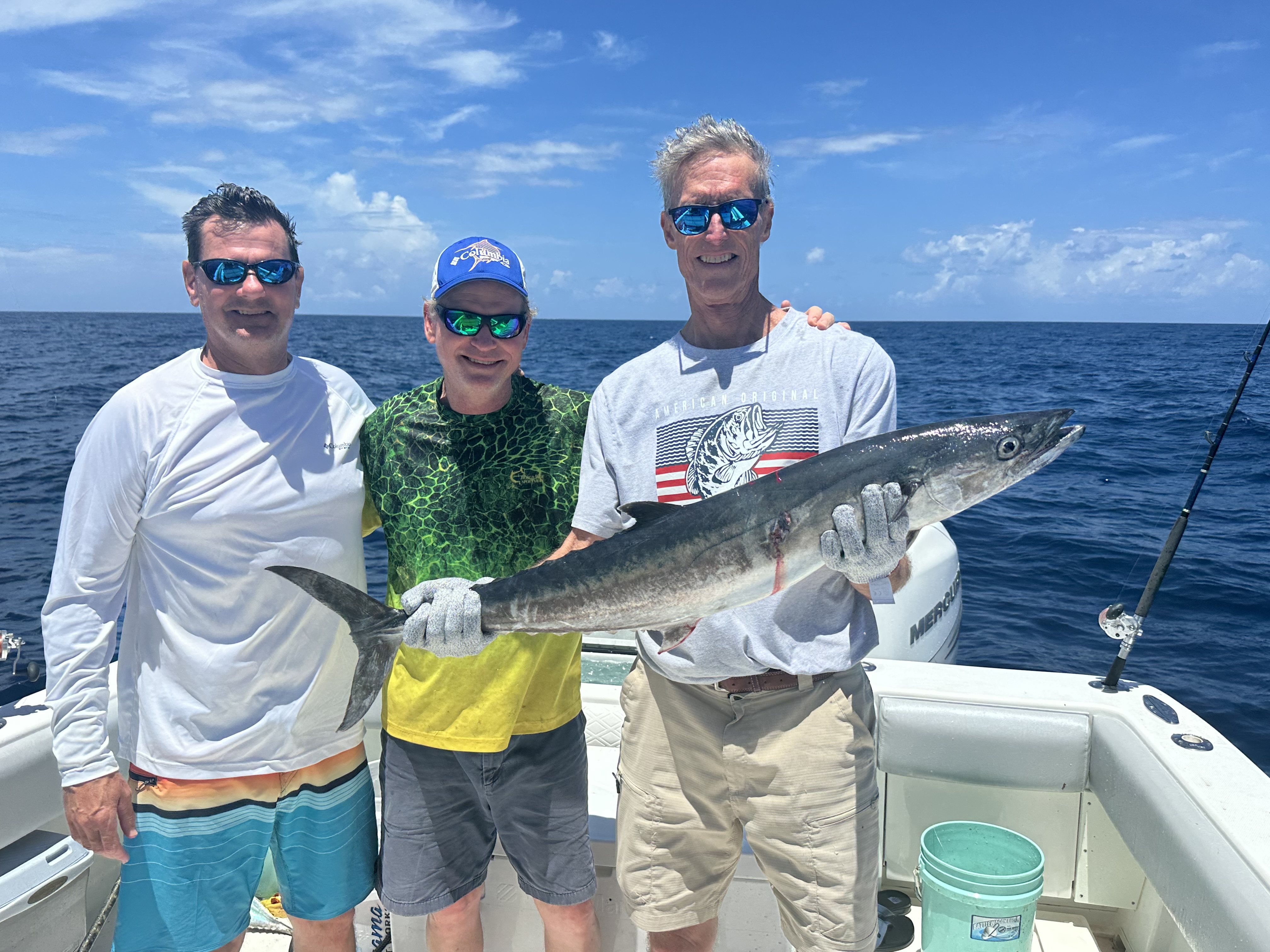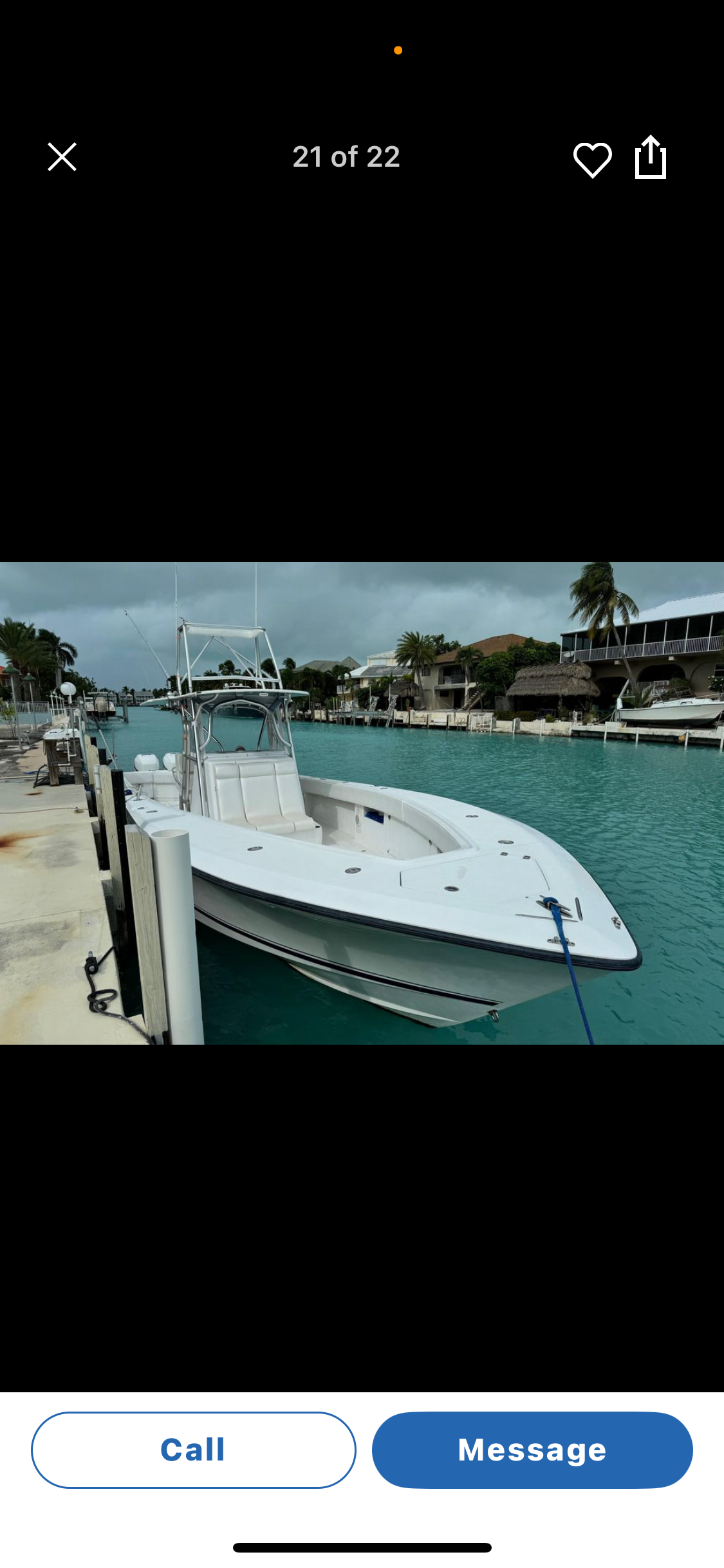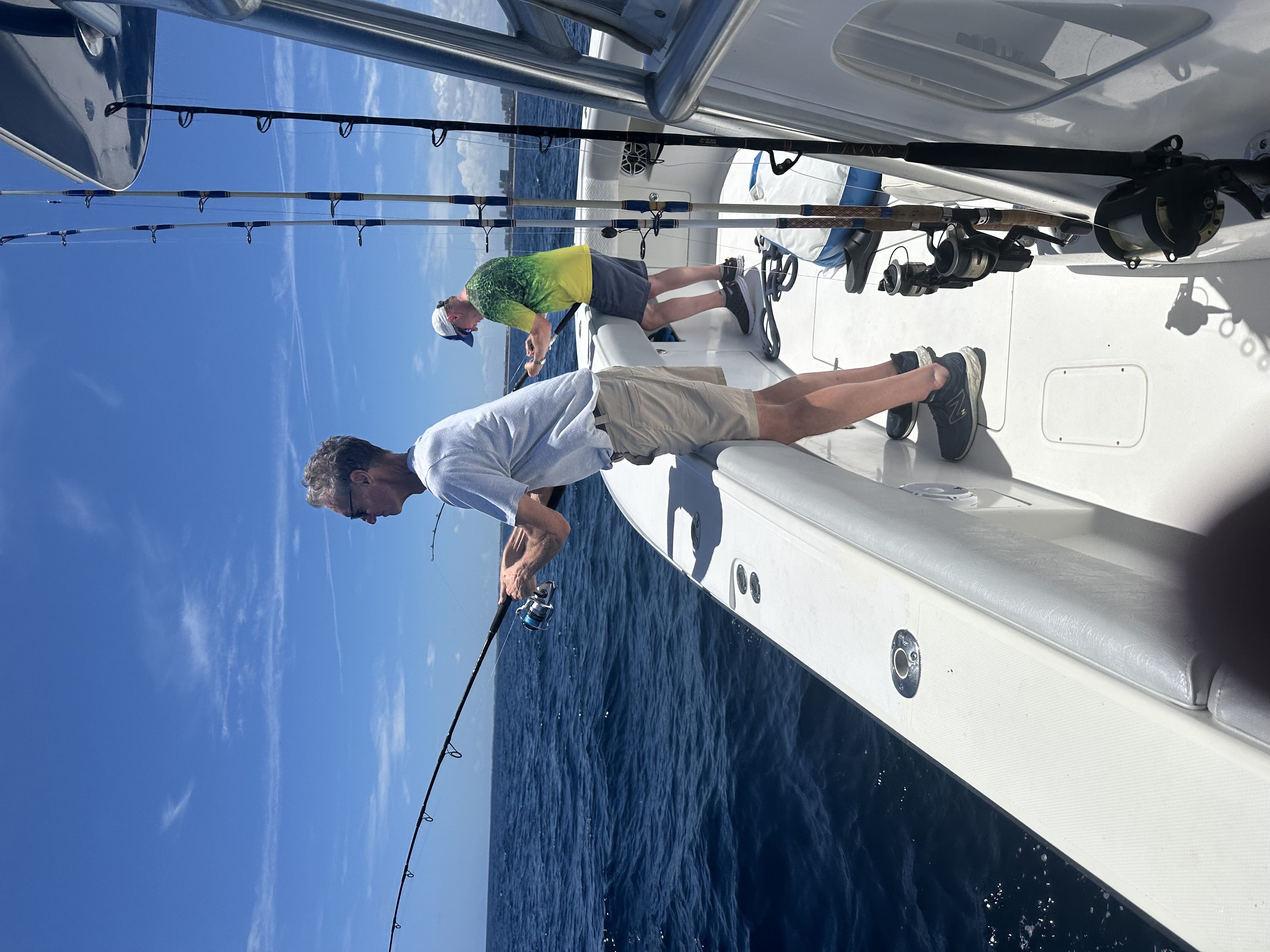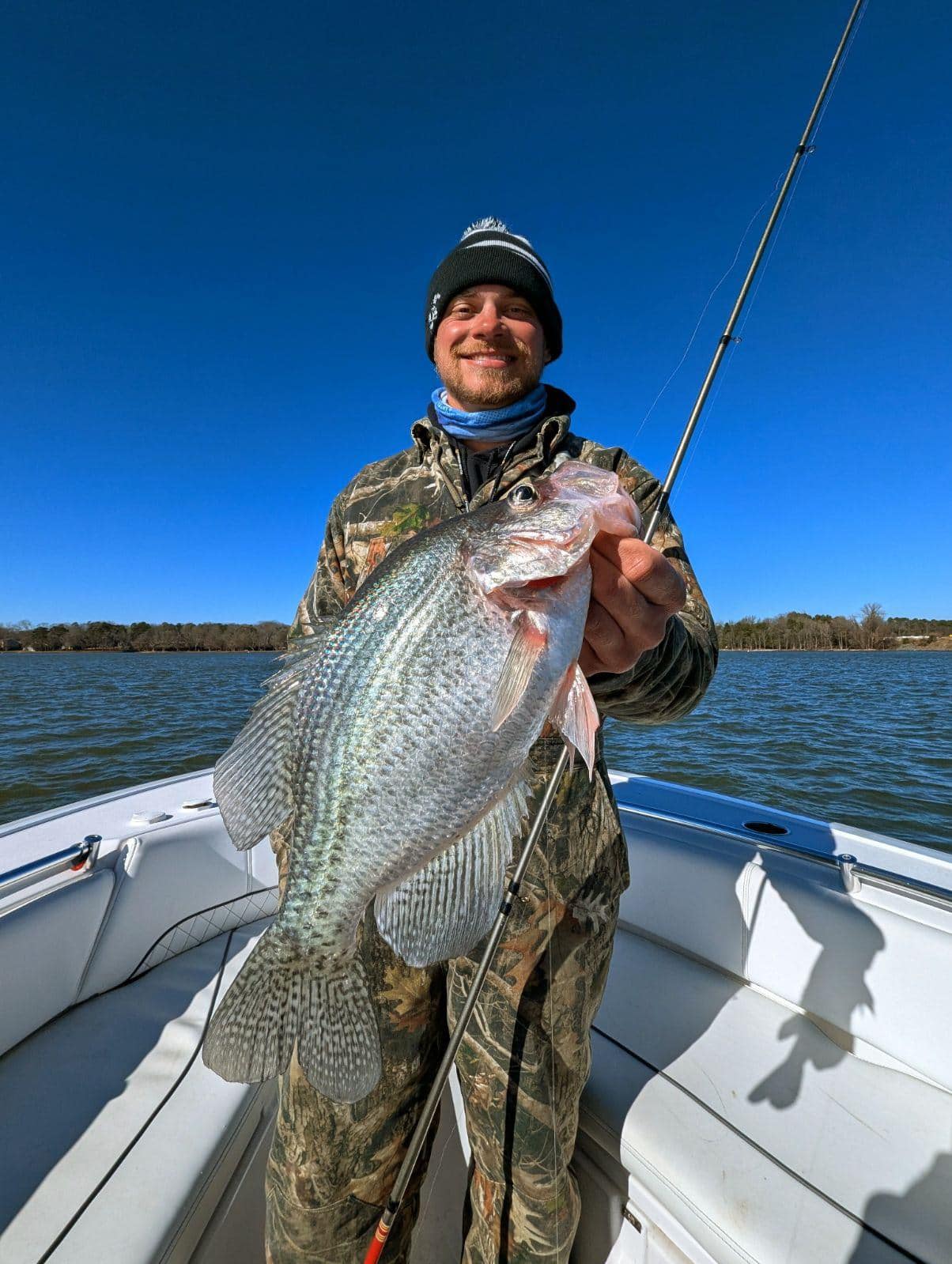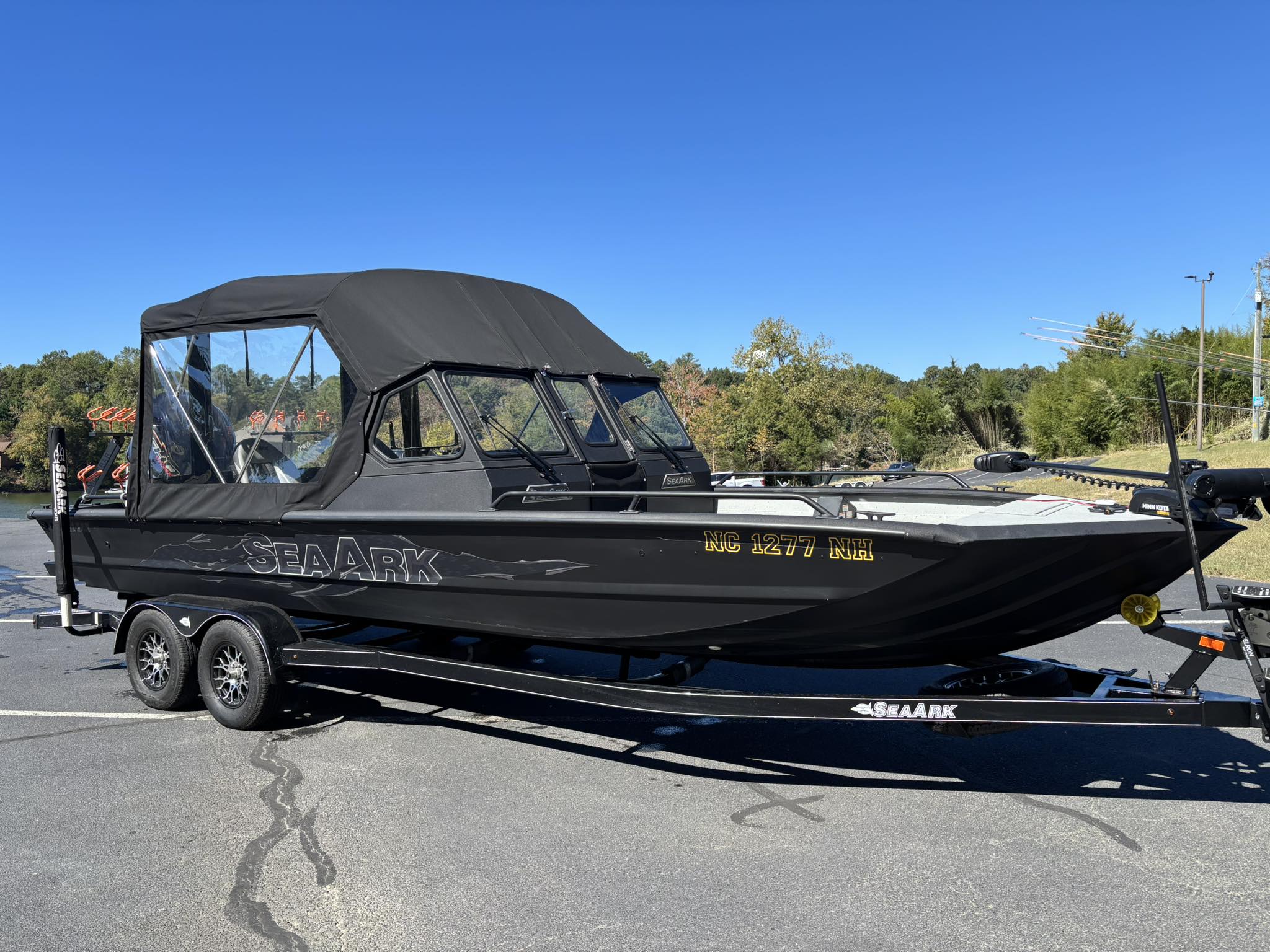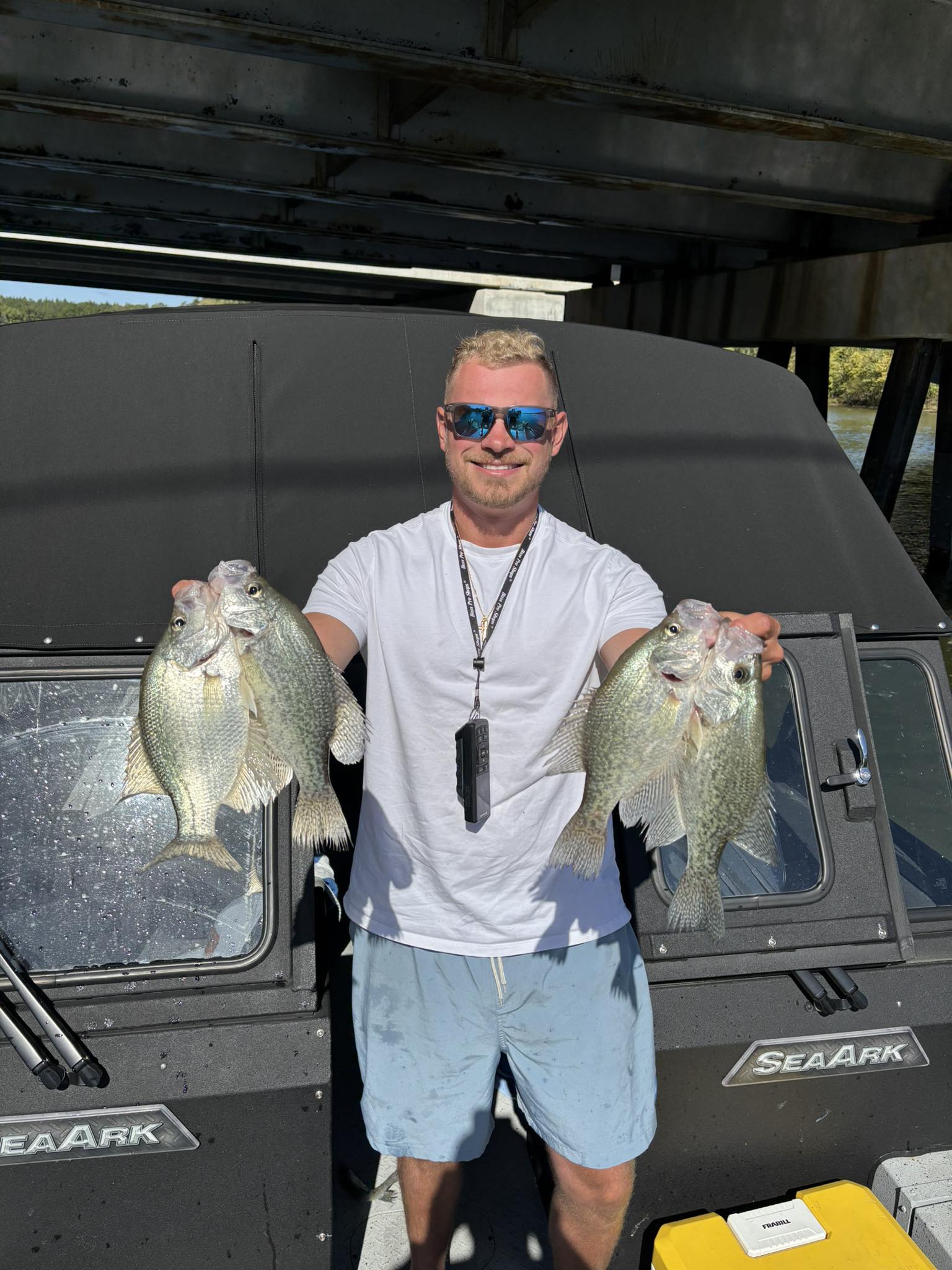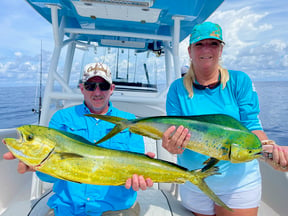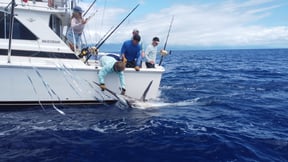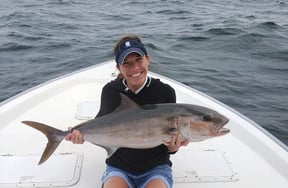Deep Sea Fishing in Islamorada
8 Hour Full Day
Deep Sea, Nearshore Fishing in Puerto Aventuras
Fishing Charter, Puerto Aventuras
Deep Sea, Nearshore Fishing in Islamorada
4 Hour Half Day
Inshore Fishing in Mount Pleasant
Inshore Fishing Trip
Deep Sea, Nearshore Fishing in Islamorada
6 Hour 3/4 Day
Deep Sea Fishing in Playa Herradura
Full Day Offshore
Inshore, Nearshore Fishing in Gulf Shores
Inshore/Nearshore 3-5 Hours
Pickwick Lake Crappie Trip
Inshore, Deep Sea, Nearshore in Palm Beach Shores
Catching Fish And Having Fun
Lake Wylie Fishing Trips
We started Captain Experiences to make it easy to book fishing and hunting guides around the world. With over 2,000 Damn Good Guides, our platform makes finding and booking a trip seamless. Head here to check out our trips.
Conventional Fishing Rods: What You Need to Know
Conventional fishing rods and conventional tackle is the go-to gear for most anglers in water that ranges from inland lakes to offshore reefs. As a single rod capable of catching fish in almost all circumstances, the utility of a conventional fishing rod is second to none. Here’s everything you need to know about conventional fishing rods.
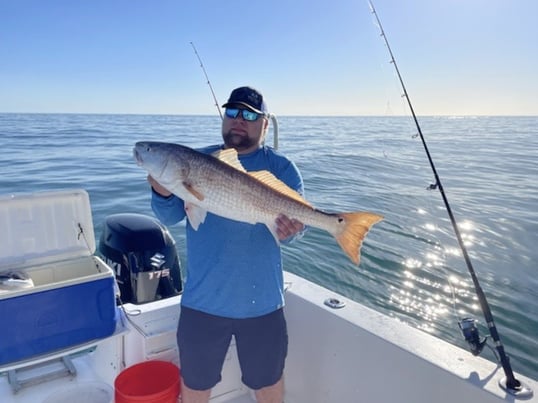
What is a Conventional Fishing Rod
Conventional fishing rods are common rods consisting of a handle, tapered shaft, and eyelets. These rods are capable of targeting a wide range of fish species in a variety of environments. Conventional fishing rods are general purpose and typically range from five to seven feet long. The reels used on conventional fishing rods include spinning, baitcasting, and conventional reels.
Types of Conventional Fishing Rods
There are a few varieties of conventional rods to choose from depending on the application and reel choice. Spinning rods are used with spinning reels and feature enlarged eyelets that allow lines to spool off the reel during a cast without getting tangled. Baitcasting rods are used with baitcasting reels, which have very small eyelets because the line comes off the reel with very little slack. There are also conventional rods made for heavy conventional reels. They typically have reinforced eyelets, handles, and reel mounts, making them ideal for targeting larger fish like tuna and sharks.
Fishing Rod Length, Weight, and Action
The three attributes that vary from one conventional rod to another are length, weight, and action. Fishing rods have many different configurations of these attributes, allowing them to be more effective with their intended bait in their intended environment. Rod length is important for casting. Longer rods are generally capable of casting further, while shorter rods are more maneuverable.
Rod weight, sometimes called “rod power”, refers to the resistance or spring of a rod when it’s flexed. This usually depends on the size and strength of the target species, with rods typically ranging from light to heavy. Rod action describes how the rod bends as force is applied. Fast action rods bend progressively from the tip down the rod while slow action rods bend throughout the rod in a crescent shape. Simply put, rod action is how sensitive and twitchy the rod feels.
Fast action rods are very sensitive, which is perfect for fishing with live bait where you want to feel even the slightest bump. Slow action rods are great for crankbaits and divers because they soak up vibrations well.
Conventional Fishing Rods
Conventional fishing rods are a vast category with an endless variety of attributes and applications. While this outlines the most common conventional rods, there are many other specialized versions including surf rods, trolling rods, and ice fishing rods. If you aren’t sure what rod to get to fish in your area, check out our fishing charters led by experienced guides who have the expert knowledge to help you pick the right gear.
Joey Butrus
Updated on June 21, 2023
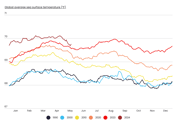
November 15, 2023

November 7, 2023

August 21, 2023

June 28, 2023

June 22, 2022
Related Articles
September 28, 2022
May 2, 2022
December 6, 2021
Featured Locations
- Fishing Charters Near Me
- Austin Fishing Guides
- Biloxi Fishing Charters
- Bradenton Fishing Charters
- Cabo San Lucas Fishing Charters
- Cancun Fishing Charters
- Cape Coral Fishing Charters
- Charleston Fishing Charters
- Clearwater Fishing Charters
- Corpus Christi Fishing Charters
- Crystal River Fishing Charters
- Dauphin Island Fishing Charters
- Daytona Beach Fishing Charters
- Destin Fishing Charters
- Fort Lauderdale Fishing Charters
- Fort Myers Fishing Charters
- Fort Walton Beach Fishing Charters
- Galveston Fishing Charters
- Gulf Shores Fishing Charters
- Hatteras Fishing Charters
- Hilton Head Fishing Charters
- Islamorada Fishing Charters
- Jacksonville Fishing Charters
- Jupiter Fishing Charters
- Key Largo Fishing Charters
- Key West Fishing Charters
- Kona Fishing Charters
- Lakeside Marblehead Fishing Charters
- Marathon Fishing Charters
- Marco Island Fishing Charters
- Miami Fishing Charters
- Montauk Fishing Charters
- Morehead City Fishing Charters
- Naples Fishing Charters
- New Orleans Fishing Charters
- New Smyrna Beach Fishing Charters
- Ocean City Fishing Charters
- Orange Beach Fishing Charters
- Panama City Beach Fishing Charters
- Pensacola Fishing Charters
- Pompano Beach Fishing Charters
- Port Aransas Fishing Charters
- Port Orange Fishing Charters
- Rockport Fishing Charters
- San Diego Fishing Charters
- San Juan Fishing Charters
- Sarasota Fishing Charters
- South Padre Island Fishing Charters
- St. Augustine Fishing Charters
- St. Petersburg Fishing Charters
- Tampa Fishing Charters
- Tarpon Springs Fishing Charters
- Venice Fishing Charters
- Virginia Beach Fishing Charters
- West Palm Beach Fishing Charters
- Wilmington Fishing Charters
- Wrightsville Beach Fishing Charters
